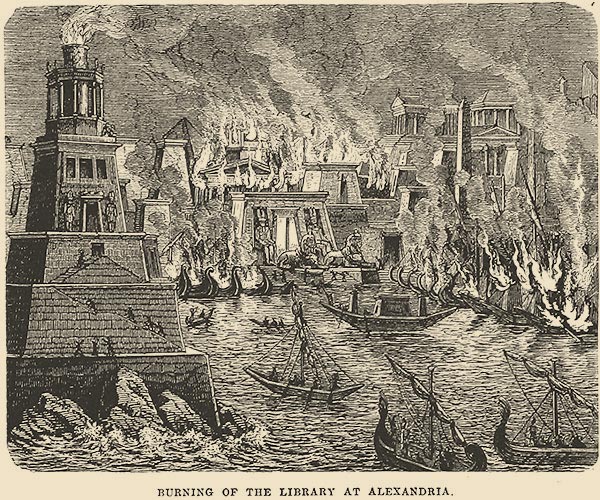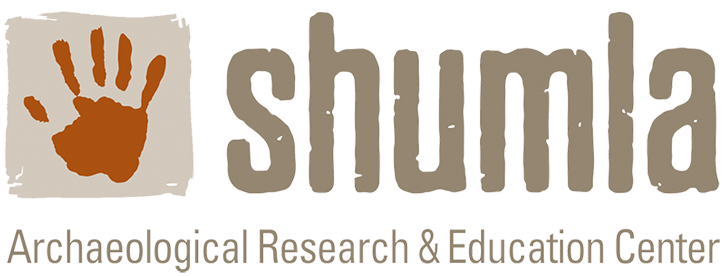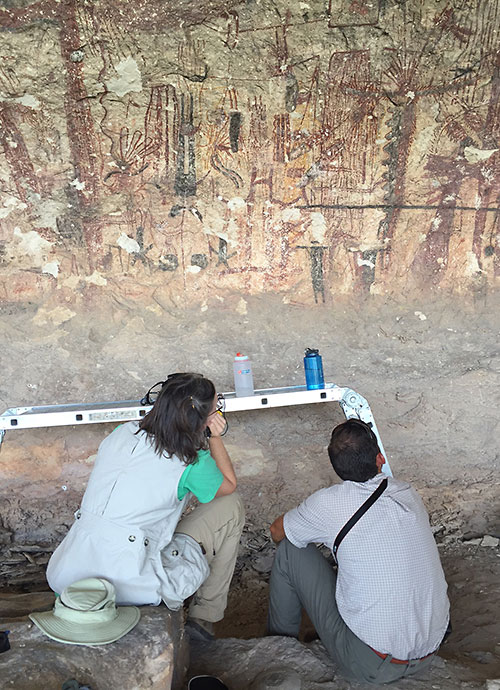The Alexandria Project
The Lower Pecos Canyonlands holds a vast Archaic library. Shumla made a plan to preserve it. We called it the Alexandria Project.

The Alexandria Project
BACKGROUND
Shumla has developed a sophisticated preservation-through-documentation process. The globally-recognized Shumla Method documents each mural so thoroughly that it can forever be studied and even recreated once lost.
NEED
Full preservation documentation can take more than a year. At that rate it would take over 100 years to reach and preserve all of the over 300 rock art sites in the Lower Pecos Canyonlands. We couldn’t wait that long. Many sites are imminently threatened by flooding. All are degrading rapidly. We must visit and collect critical baseline information at each site as quickly as possible, before they are lost.
PLAN
In Phase 1 of the Alexandria Project, Shumla’s team followed a rigorous research and data management plan to complete Level 1 documentation at 233 sites in just four years — 2017 to 2020. As always, we worked closely with landowners to receive permission to access any sites on private property.
At each site we:
- Captured a high-resolution Gigapan image of the entire mural,
- Recorded an accurate GPS centroid coordinate,
- Captured image data for Structure-for-Motion Photogrammetry 3-D Modeling,
- Completed a State of Texas Archaeological Site Form
- Completed a Shumla Rock Art Site Form, and
- Completed canyon surveys near known sites to discover new sites.
RESULT
Successful completion of this project has:
- Given us a much more complete picture of the remaining “library” of painted texts
- Digitally documented the majority of the rock art for this vast archaeological region,
- Established a baseline record of the art in its current condition,
- Generated a vast data set that scholars and students can use to conduct research and answer globally-significant questions for years and years to come.
Most importantly, the data we gathered during Phase 1 of the Alexandria Project will inform how we prioritize sites for full preservation-through-documentation. We will know which sites are the most imminently threatened and which are of greatest importance. Phase 2 — the full documentation of these sites — will define the on-going work of Shumla for our foreseeable future.
The Alexandria Project was the most ambitious project Shumla has ever undertaken. Together with our supporters, we moved the needle on the preservation and study of the North American Archaic library of murals in a big way.
Thank you to all our supporters. We’re on to the next step!
Anonymous Foundation Donor
We Need You!
Please help us preserve the murals of the Lower Pecos Canyonlands!

